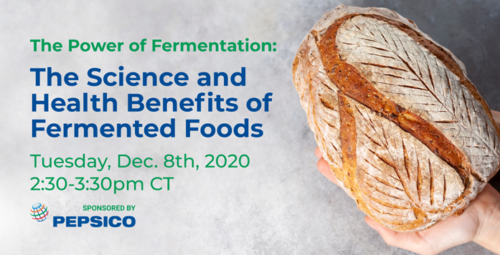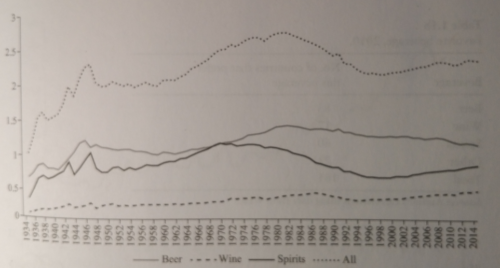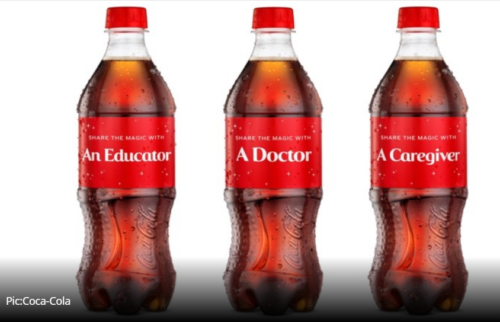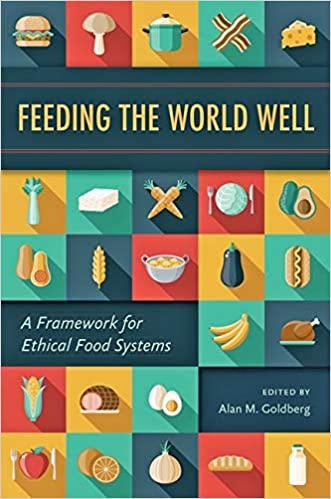The revolving door keeps turning
I haven’t written anything about the “revolving door” for a while, but it is now time. This term refers to government officials who leave to work for industry, and vice versa.
Recent example #1: The USDA has just announced that its Chief Economist, Robert Johansson, will be leaving USDA to become Associate Director of Economics and Policy Analysis for the American Sugar Alliance.
Recent example #2: The president-elect’s newly named secretary of the USDA is Tom Vilsack who was was USDA Secretary during the Obama administration. In 2017, he became executive vice president of Dairy Management, Inc.,and president and CEO of the U.S. Dairy Export Council, a Dairy Management subsidiary, at a salary close to $1 million. As the Milwaukee Journal Sentinal explains, this organization represents Big Dairy:
As the number of dairy farms nationwide has plummeted by nearly 20,000 over the past decade, there’s one corner of the industry doing just fine: The top executives at Dairy Management Inc., who are paid from farmers’ milk checks. The Illinois-based nonprofit is charged with promoting milk, cheese and other products — spending nearly $160 million a year collected through federally-mandated payments from dairy farmers. In 2017, a year in which 503 dairy farms closed in Wisconsin and 1,600 were shuttered nationwide, IRS records show 10 executives at the organization were paid more than $8 million — an average of more than $800,000 each.
The revolving door brings government experts into food trade associations where they can help food companies meet—but also avoid—regulations.
It brings food company executives into government where they can make sure that no government agency does anything inconvenient for the company’s bottom line.
Examples, alas, are legion. They are signs of government as usual, at a time when agricultural policy needs a huge rethinking.









